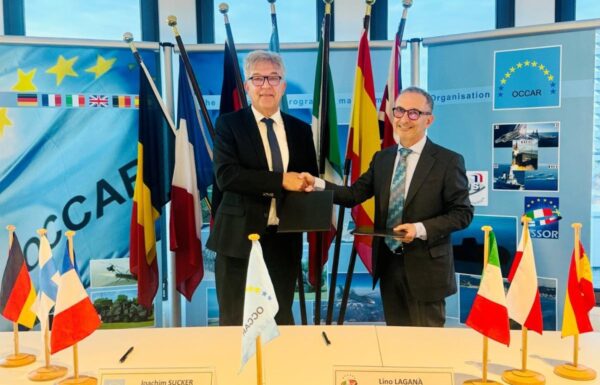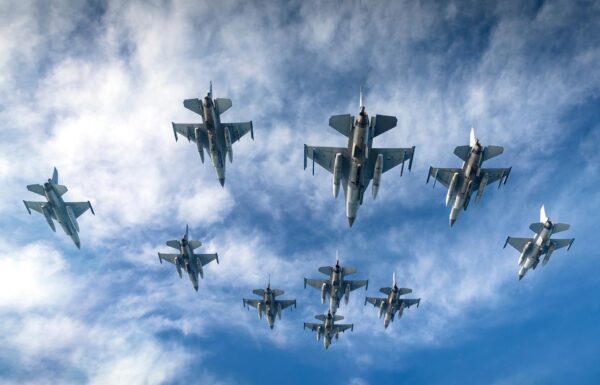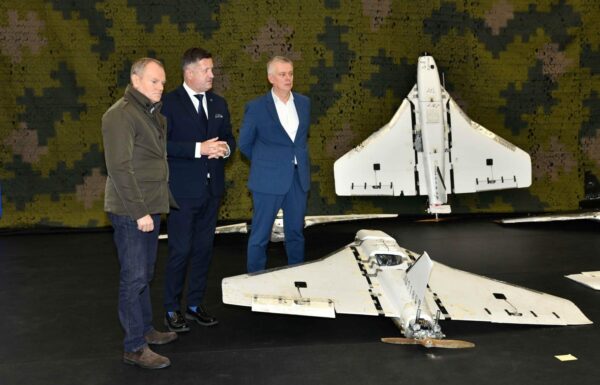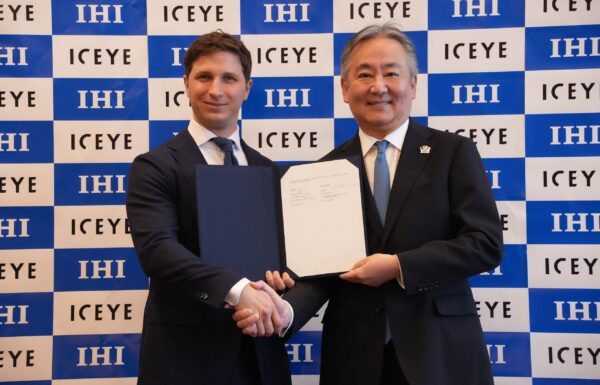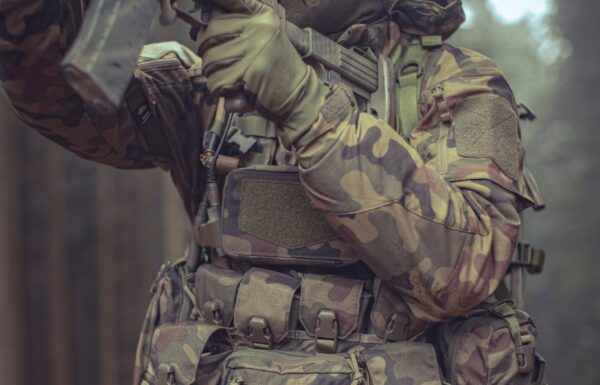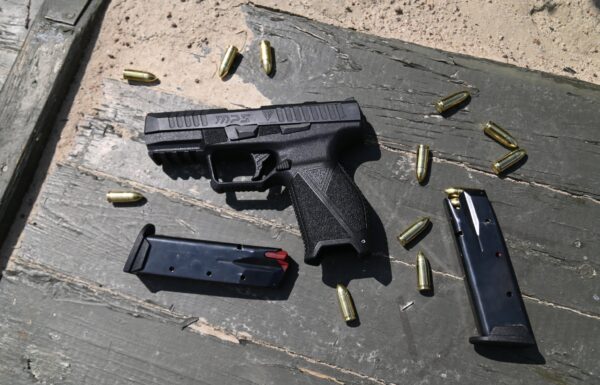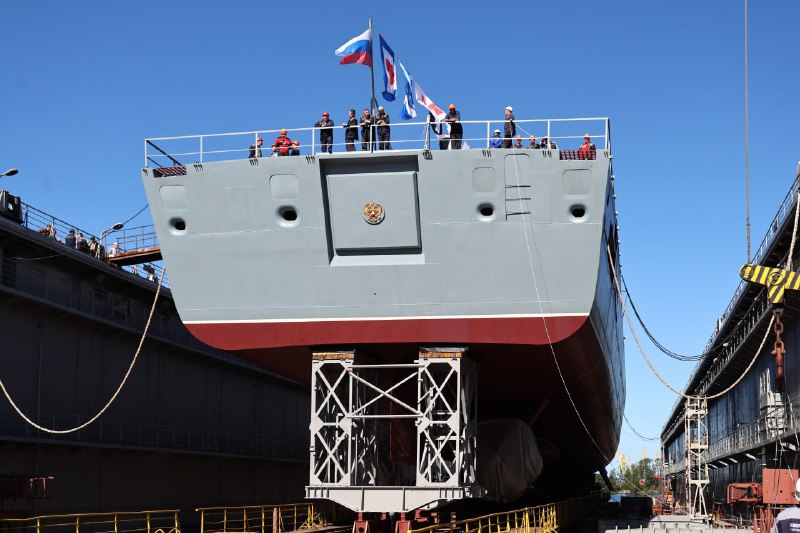On Thursday, August 14, 2025, the press office of the Severnaya Verf Shipbuilding Plant in St. Petersburg, part of the United Shipbuilding Corporation (USC), announced on Telegram the christening and launching ceremony of the fifth Project 22350 Admiral Gorshkov-class missile frigate, which has been named Admiral Amelko.
“The launching of the Admiral Amelko frigate today is not only an important stage in the development of the Russian Navy, but also a symbolic step in the continuity of generations. Particularly valuable is the participation of young shipbuilders in this event—those who will carry on the proud traditions of the Russian shipbuilding industry,” said Mikhail Nenyukov, Director General of USC’s Severnaya Verf Shipbuilding Plant, referring to the involvement of students from School No. 621 in the Kolpino district of St. Petersburg, which prepares them for careers in the shipbuilding industry.
The ceremony was also attended by representatives of the family of the ship’s patron, Adm. Nikolai Amelko (1914–2007), including his grandson Nikolai Sergeyevich Amelko. School No. 621 has maintained close ties with the admiral’s family since 2010.
The ship will now commence harbor trials, followed by planned sea trials, which will conclude with the signing of an acceptance protocol by the customer and the vessel’s handover to the Pacific Fleet in December 2027.
The keel of the ship, along with its sister ship Admiral Chichagov, was laid on April 23, 2019, in a ceremony attended by Russian President Vladimir Putin. On July 20, 2020, the keels of Admiral Yumashev and Admiral Spiridonov were also laid. This year, two additional ships have been ordered: Admiral Kapitanets and Admiral Vysotsky. As a result, by the 2030s, Russia is expected to operate a total of 10 frigates under this project (instead of the originally planned 12).
The Severnoye Design Bureau designed the ships, and compared to the baseline version (represented by the lead ship Admiral Gorshkov and the series-built Admiral Kasatonov, Admiral Golovko, and Admiral Isakov), they differ, among other things, by carrying twice the number of anti-ship and land-attack missiles (increased from 16 in the second series of Project 22350 frigates to 32) in the universal 3S14 vertical launch system, four modules of eight cells each instead of two modules. These can launch 3M55 Oniks, 3M14/3M54, 91R Kalibr system rocket-torpedoes, as well as 3M22 Tsirkon hypersonic missiles.
The air-defense armament consists of the Redut system, which features a 32-cell launcher that can accommodate either 32 missiles of the 9M96 family or 128 9M100 missiles, as well as two 3R89 Palash gun-missile modules. For protection against underwater threats (submarines and torpedoes), the Paket-NK system with 324 mm torpedoes is installed. The ship’s main artillery armament consists of a single 130 mm A-192M gun.
The first- and second-series frigates, with a full displacement of 5,400 tons, are 135 m long, 16 m wide, and have a draft of about 4.5 m. Their propulsion system consists of two M55R powerplants, each comprising a 5,200 hp 10D49 diesel cruising engine and a 27,500 hp M90FR gas turbine. Together, they provide the vessel with a top speed of about 29 knots.
Interestingly, in February 2023, Russia unveiled the design of the modernized Project 22350M frigate (referred to in the West as the Super Gorshkov), under development since 2019. It is expected to feature, among other things, a longer hull (165 m × 19 m × 5.5 m), increased full displacement (8,000 tons), as well as up to 48 3S14 launchers and 64 Redut cells. Plans call for the construction of 12 such ships, provided sufficient budgetary funding is secured.
See Also


